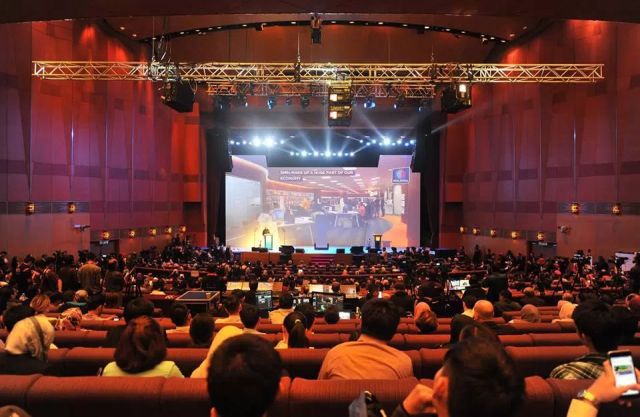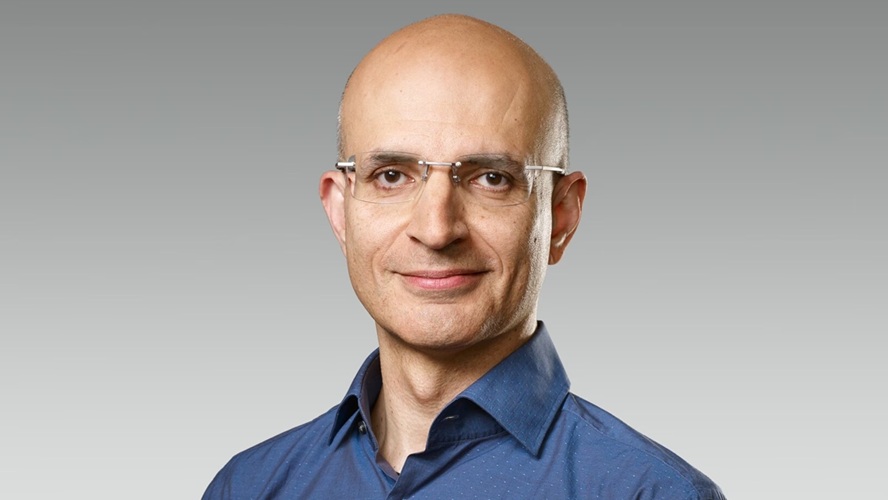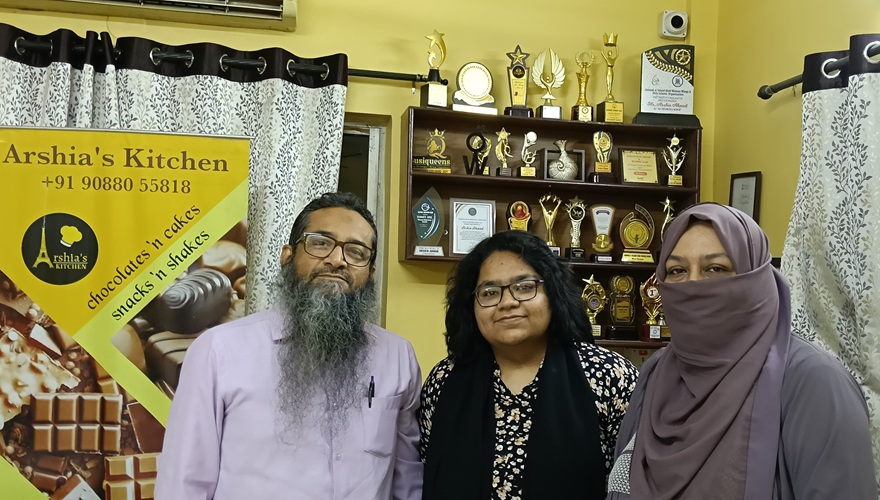On November 28-30 in Hyderabad, India and the US will jointly host the Global Entrepreneurship Summit. This is the eighth annual summit which was the brainchild of former US President Barack Obama. It has been held in other locations such as Istanbul, Dubai and Silicon Valley. The theme for this year’s Summit is “Women First, Prosperity for All”.
The Summit provides India and Hyderabad an excellent opportunity to showcase the exceptional progress and achievements that have been made by Indian entrepreneurs in a number of areas such as information technology, media and entertainment, and health-care and life sciences.
It also provides the chance to call attention to the fact that there is a need to do much more in India in order to put Indian women entrepreneurs first.
The Modi administration has placed some emphasis on women entrepreneurs.
For example, in April, the administration launched a Stand-up India scheme which provides loans from Rs 10 lakh ($15,500) to Rs 1 crore to women entrepreneurs and entrepreneurs from the scheduled castes and scheduled tribes (SC/ST). The Stand-up India programme is projected to reach up to 250,000 borrowers.
The question is: What percentage of those borrowers will be women entrepreneurs? This is a central question because there is a dearth of women entrepreneurs in India and various studies have shown that women entrepreneurs in the country are among the most disadvantaged in the world.
In spite of an increase of women business owners and operators over the past several years, entrepreneurship still remains a male bastion in India. A recent study by the National Sample Survey Organisation found that only 14 per cent of Indian business establishments are run by females. The same study disclosed that most of the women-run businesses — 79 per cent — were self-financed.
These are bothersome findings. Even more bothersome is what is discovered when the status of Indian women entrepreneurs is compared to that of woman entrepreneurs around the world.
In 2015, The Global Entrepreneurship and Development Institute (GEDI) issued a report containing its Female Entrepreneurship Index ranking countries “with respect to the conditions present that will fuel high potential female entrepreneurship development”. India was near the bottom on that Index, ranking 70th out of 77 countries.
In 2017, MasterCard issued its Index of Women Entrepreneurs ranking countries based on an assessment of: Women’s Advancement Outcomes; Knowledge Assets and Financial Access; and Supporting Entrepreneurial Conditions. India ranked 49th out of 54 countries.
The MasterCard report noted “there is significant potential to harness the untapped potential of women’s entrepreneurship in India”.
I would propose that the public and private sectors in India collaborate to develop a comprehensive and integrated three-pronged approach to “harness the untapped potential” and address the critical need to put Indian women entrepreneurs first. Those prongs should be:
* Educate and empower women to become entrepreneurs
* Ensure adequate financial resources to support their entrepreneurial ventures
* Provide mentoring to promote success in entrepreneurship
The education for women to become entrepreneurs should be multifaceted, stressing not only “book learning” but also providing the hands-on skills and abilities required to run a business. It should also be directed towards preparing women to enter fields in which there are too few female business owners today, such as information technology, manufacturing, and engineering.
Numerous studies have found that women in emerging markets have much more difficulty in securing loans than men and have to rely on their own financing. That is why the World Bank launched a Women Entrepreneurs Finance Initiative (We-Fi) this year to provide venture capital support to help women start and grow businesses. India should tie into and develop a programme to replicate We-Fi.
Unless they come from a family that has a business or have worked in a business, women entrepreneurs have seen no role models and have had no coaching on how to start, run and build a business. A mentoring programme can fill that gap.
In the US there is a non-profit organisation called Service Core of Retired Executives (SCORE) that provides free mentoring services to business owners. India could establish a programme similar to SCORE dedicated to women entrepreneurs.
It could recruit both retired and active professionals from all sectors — business, government, academia, nonprofit — to be mentors in the programme. A programme of this type could be coordinated through the financial institutions making loans to women entrepreneurs.
In conclusion, the Global Entrepreneurial Summit will place the spotlight on the achievements of India’s entrepreneurs and the significant contributions they have made to build the country’s economy. The Summit can also be used as a magnifying glass to increase the focus placed on women entrepreneurs.
If this is done and Indian women entrepreneurs are put first, they will dramatically accelerate the country’s economic development in a manner that will benefit all and put India first.
(Frank Islam is an entrepreneur, civic leader and thought Leader based in the Washington DC area. The views expressed are personal. He can be contacted at ffislam@verizon.net)
—IANS






0 Comments